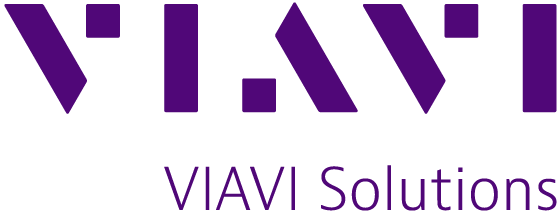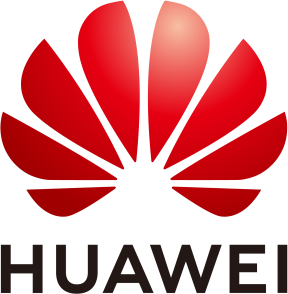Scope
Following the ITU-R adopted IMT-2030/6G framework and 3GPP's latest Release 18 which indicate the growth of wireless standards tending towards enhanced intelligent and automated approaches, sustainability, hyper-reliability, resilient and secure networking, ubiquitous connectivity, integrated (AI, sensing, communications) solutions and low latency communications. In order to meet the immensely higher data rate, reliability, and traffic demands in the 5G-Advanced/6G era, novel communication frameworks are rapidly emerging to fully utilize the electromagnetic waves, including reconfigurable intelligent surfaces, extremely large antenna arrays, OAM multiplexing, etc. To explore one such candidate, research into Electromagnetic Signal and Information Theory (ESIT) is actively underway in both academia and industry.
Electromagnetic Signal and Information Theory (ESIT) is an interdisciplinary framework to evaluate the fundamental limits of wireless communications by integrating deterministic electromagnetic wave (EM) theory, signal processing and statistical information theory. The industry and academia researchers have shown significant interest in the emerging electromagnetic information theory, i.e., based on electromagnetics principles and information theory concepts, intertwined with signal processing approaches, which is jointly termed as ESIT. This integration will lead to a paradigm shift to the future of how we picture our wireless communications and networking. ESIT is able to build a more physically consistent communication model and establish more fundamental limitations on the communication systems. There may be a mismatch between the system design and the realistic propagation environment since current design and performance analysis methods are usually based on the scalar-quantity, far-field, planar-wavefront, monochromatic and other non-physically-consistent assumptions. ESIT will play a vital role in advancements of next generation technical solutions and overcoming these issues. It becomes essential for industrial stakeholders and academic researchers to generate state-of-the-art approaches that make use of the ESIT system designs and standardizations.
It is expected that ESIT will bring new theoretical analysis and system design paradigms to the future wireless communications. While research into ESIT based theoretical analysis, channel modeling, antenna design, and standardization for the future wireless communications are still in the early stage, it is essential to establish a clear vision and provide guidance for the worldwide academic researchers and industrial partners.
---
We seek original completed and unpublished work not currently under review by any other journal/ magazine/conference. Topics of interest include, but are not limited to:
- ESIT channel capacity analysis, degree of freedom of the time, frequency, and spatial domain, characteristic mode analysis, near-field communication, performance evaluation
- ESIT physics consistent channel modeling, computational electromagnetics based channel modeling, deterministic channel modeling, circuit theory based channel modeling, reactive near field, radiating near field and far field channel modeling
- ESIT beamforming and channel estimation for both near and far field, interference cancelation, joint system optimization, joint system optimization
- ESIT based extremely large antenna arrays, large intelligent surfaces, reconfigurable antennas, intelligent metasurfaces (RIS and Holographic MIMO surfaces), continuous-aperture MIMO, wave manipulation, exploitation of physical properties of OAM, Bessel, and Airy beams
- ESIT based vision, outlook, new challenges, and opportunities of ESIT towards 5G-Advanced/6G, ESIT based network, new use cases, performance evaluation, experimentation, hardware prototypes and testbed findings network security, privacy and semantic communication
Workshop Web Page
https://sites.google.com/view/esit-workshop
Important Dates
- Workshop Paper Submission Deadline:
20 January 202404 February 2024 (Extended) - Paper Acceptance Notification: 06 March 2024
- Camera Ready: 15 March 2024
- Accepted Author Registration Deadline: 15 March 2024
Submission Link
https://edas.info/newPaper.php?c=31755&track=121208
Workshop Chairs
- Aryan Kaushik, Professor, University of Sussex, UK
- Tengjiao Wang, Principal Research Engineer, Huawei Technologies, China
- Linglong Dai, Professor, Tsinghua University, China
- Doohwan Lee, Senior Distinguished Researcher, NTT Corporation, Japan















